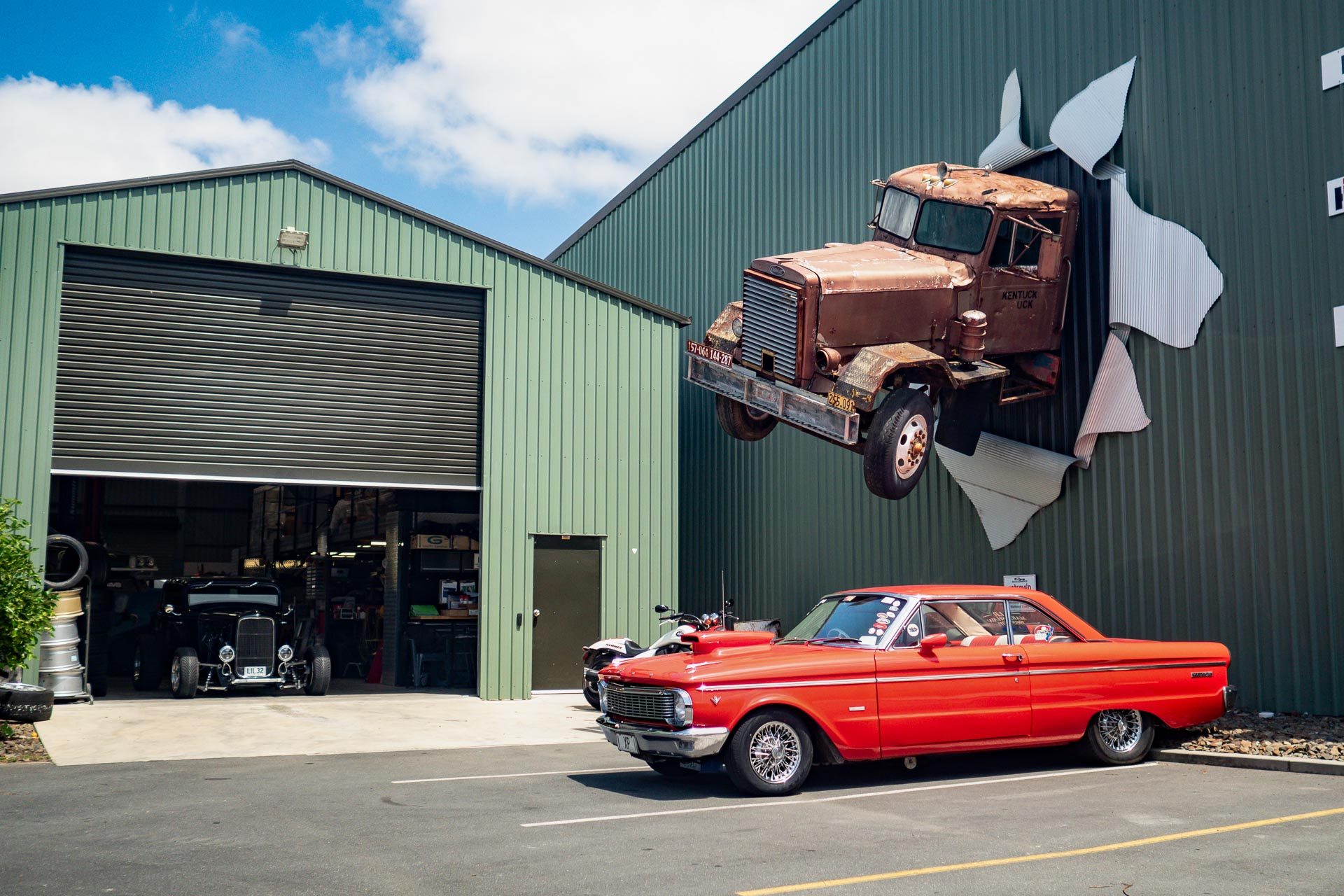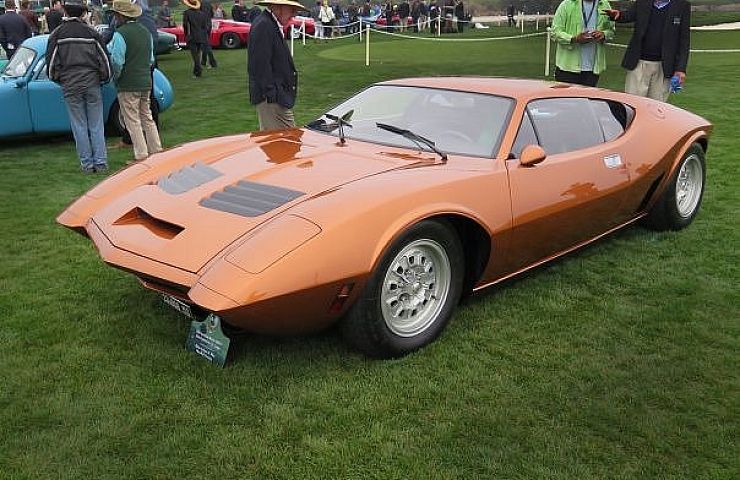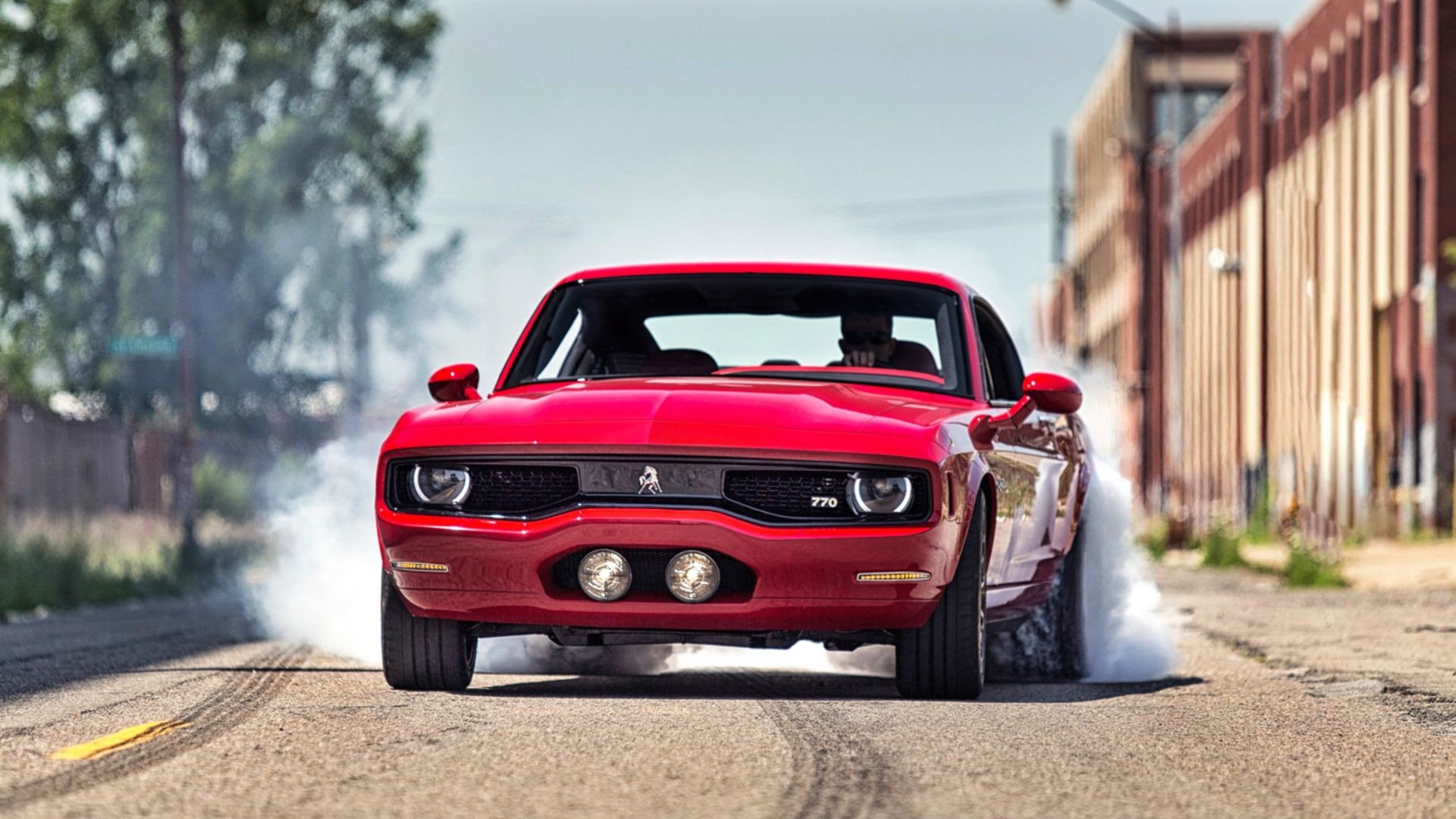Despite the fact that a lot of automobile audio fanatics presently have a good comprehending of how audio is created, no technical manual should start out without masking the basics of its matter make a difference. Writers from time to time wrongly assume that the reader will now know pretty a great deal about the topic and so they skip the fundamental principles. Since of this, some may locate it difficult to understand the reasons for installing speakers in specific positions in the automobile, for case in point, or why a woofer operates very best in a individual sizing and type of enclosure. Most men and women discover it embarrassing to acknowledge that they do not comprehend anything which they think every person else understands. The fact is that there are almost certainly several other folks in the very same group who would like to ask the identical question.
Right here I will define the basics of the matter and briefly talk about how these basics use to the world of automobile audio. It is not supposed to be a comprehensive guidebook to audio since we really don’t want to mail you to rest! If you would like to know additional about seem and the rules of hi-fi sound replica, there are lots of very good textbooks on the topic.
So what is sound?
Seem is caused by the movement of air. If a huge wooden panel is vibrating, the air next to it is pushed away. If the vibration is gradual then the air just moves out of the way, but as the charge of vibration will increase to involving a several tens and a few tens of countless numbers of excursions for every second, the air can not shift out of the way quick adequate and hence compresses as the panel pushes it away. The air’s all-natural elasticity comes into participate in. The particles of air versus the panel are pushed from the following particles, which thrust towards the upcoming kinds and so on, building a ‘pressure wave’. As the panel returns to its starting off posture, the air becomes a lot less dense as it fills the void in entrance of the panel.
The amount at which ‘pressure waves’ are developed is identified as the ‘frequency’ and is measured in ‘cycles for each second’. In its place of ‘cycles per second’ we typically explain frequency in terms of Hertz (1 cps = 1 Hz). Visualize a bathtub total of h2o. If you set your hand in the drinking water and go it slowly but surely backwards and forwards, not a lot occurs – the h2o just slips about the sides of your hand. But if you move your hand very quick, the h2o would not have time to shift out of the way and you generate a wave in the bathtub. Before long the drinking water is flowing around the edges of the tub and soaking the carpet. If you utilized a little something more substantial than your hand to transfer the water, these kinds of as a supper plate, you could result in the h2o to overflow devoid of shifting your hand as quick as before. Air reacts in a great deal the exact way. Large objects and little objects can crank out stress waves and hence sound, but a compact object will have to transfer more rapidly to lead to the air in entrance of it (and driving it) to be compressed.
You are almost certainly just one move ahead of me by now, but this is why we obtain tiny tweeters and pretty big woofers. All sizes of speakers can develop audio, and the motives why tweeters are smaller and woofers are massive has much to do with the dimension of the force wave they are making an attempt to reproduce and the bodyweight and traits of the going ‘panel’ – which in the case of a speaker is normally a cone, a dome or at times a flat diaphragm. To reproduce superior frequencies, the cone or dome desires to shift pretty fast. The more compact and lighter it is, the less complicated it is for the amplifier to handle it. We are going to come back to this afterwards. Initially we need to have to recognize a minimal much more about seem itself.
Pressure Waves
Force waves of a sound travel at a preset speed of around 1100 feet per 2nd (basically, air temperature has an effect on the correct speed but we never want to worry too considerably about that). If we know the frequency (the quantity of waves per next), we can determine the distance among corresponding points on successive waves – in other phrases, we can measure the duration of a wave, or the ‘wavelength’. A sound that has a frequency of 1100Hz has a wavelength of 1 foot. A seem of 2200Hz will have a wavelength of 6 inches, and a seem with a frequency of 550Hz will have a wavelength of two toes.
The notes of the musical scale basically represent appears at specified frequencies. Middle A on a piano is 440Hz for illustration (a wavelength of 2ft 6in). In the scenario of a church pipe organ or digital synthesiser, it may be achievable to engage in an A which is 4 octaves beneath center A. This has a very reduced main or ‘fundamental’ frequency (further frequencies or ‘harmonics’ will be added naturally, which provides each instrument its own unique tonal character) of 27.5Hz, a wavelength of all over 40 toes! At practically the other conclusion of the scale, an A performed a few octaves earlier mentioned center A has a frequency of around 3500Hz and a wavelength of just 3.75 inches.
The dimensions of the musical instrument (and loudspeaker) tends to suggest the size of the wavelength it really is built to deliver. The soundboard of a piano and the massive pipes of a church organ are able of producing substantial wavelengths, which means decreased frequencies. Likewise, a 12-inch diameter subwoofer is created to give very low bass. If we dismiss for a minute the mechanical restrictions, there is almost nothing to stop a superior 6 inch mid-woofer from reproducing quite small frequencies. It can move at the demanded cycles for each next, but its dimensions signifies that it can only displace a sure quantity of air during every cycle. It may deliver quite very low frequencies, but only at pretty lower output stages. This will take us back to the analogy of the hand and the dinner plate in the bath comprehensive of h2o. The surface area location of a 12-inch subwoofer is like a evening meal plate, in a position to go ample air in just one cycle to generate a stress wave able of rattling the windows in the residence across the road!
Imaging and Stage… developing the illusion of truth
When we install a hi-fi system in the dwelling or in the automobile, we are making an attempt to reproduce a quite complicated pattern of audio waves in just an surroundings that is rather distinctive to the a person in which the devices and vocals were recorded. We are making an attempt to recreate not only the appears of the numerous instruments and singers correctly but also their positions on the ‘sound stage’. This is generally referred to as ‘imaging’ or ‘stage image’. It may well also be described as ‘staging’, but in motor vehicle audio this term is generally applied to describe the posture of the stage by itself (regardless of whether it seems to be in entrance of the listeners or at the rear of them), somewhat than the posture of the performers on the stage.
If we listened to and recorded the audio of a one flute in our living place, for example, and then replayed it by way of a one full-selection speaker positioned in particularly the exact same area as the flautist, there is a very good possibility (if the recording gear and hi-fi program is of a very good more than enough top quality) that it will sound much more or less equivalent. The reverberation qualities of the place will be the identical and, considering that we are working with only a person speaker alternatively of attempting to artificially recreate the place of the flautist in the space by using stereo techniques, the instrument should really look to be in accurately the right put.
If we experienced a full orchestra in our residing place and desired to duplicate what we did with the one flute, we would need to have to use a multi-channel recorder, quite a few channels of amplification and nevertheless lots of speakers it took, every single organized in particularly the right area for every single instrument. Having witnessed this accomplished at a hello-fi demonstrate in Paris some yrs ago, I can explain to you that it can seem pretty practical. The trouble is that it is not at the moment feasible to do this in most households, and undoubtedly not in a car or truck, which is why we have… yep, good previous stereo.
Stereo aims to recreate the precise positions of the numerous instruments by applying only a solitary pair of loudspeakers, and it achieves this typically by escalating the degree of a certain instrument in a person of the channels relative to the other channel. Only the concentrations are diverse – the wavelengths from both equally the left and ideal channels will be similar in just about every other way. They are claimed to be ‘in phase’. This implies that if you could in some way freeze the seem and see the wavelengths emanating from the two speakers, both of those wavelengths would be at the identical place in their cycle.
When sound is recorded for stereo reproduction, it is assumed that the listener will be positioned equidistant among the two loudspeakers. Of class this is hardly ever the situation in a car, except if you take place to push a McLaren F1. We compensate for not getting seated central to the loudspeakers by altering the balance control on the CD player, which improves the volume amount on one facet relative to the other. This only corrects the stereo graphic up to a point, mainly because we are nevertheless physically closer to a single speaker than the other, and adjusting the stability regulate has no outcome more than the section and timing of the sign reaching our ears.
If we are sitting in the entrance of the car or truck, near to the left-aspect speaker, then we will hear the seem from that speaker quite a little bit previously than the sound from the speaker on the correct, and from individuals speakers at the rear of us. It is also most likely that in the higher frequencies, where the wavelengths are extremely quick, the seem we listen to by our still left and appropriate ears might be a little bit ‘out of phase’. These timing and phase distortions confuse the brain and can demolish the stereo outcome. When this occurs, you listen to most of the seem is coming from the speaker closest to you, as a substitute of from an imaginary phase throughout the windscreen – the stereo trick fails to work.
Our previously analogy with h2o may perhaps also support us to have an understanding of what is meant by audio getting ‘in phase’ and ‘out of phase’. Consider that you start a mild wave from one particular end of the bath. If you use equally arms to get started two waves at particularly the exact same time, the peaks of the waves will manifest at precisely the same position and the waves could be explained to be ‘in phase’. Now start out a gentle wave from the other conclusion of the bath. What transpires when the two waves fulfill? Both waves clash and successfully terminate each other out. Now imagine speakers at the front and rear of a car or truck, each and every creating seem strain waves. These mix and make some pretty complex alterations to the audio. As the strain waves meet, the air may be pushed much better in the same way in which it was now travelling (so we get additions which can guide to peaks in the frequency reaction), or just one stress wave may possibly compress in opposition to an additional travelling in the opposite direction. In the latter circumstance, if the two waves are similar in phrases of frequency and pressure and are just fifty percent a wavelength out of period, they will terminate themselves out absolutely, leaving silence.
Generally the two seem designs are so elaborate that they will only partially terminate, but relatively pure tones of lengthy wavelengths and substantial force are more possible to significantly cancel. The decrease the frequencies being created and the a lot more loudspeakers there are reproducing that variety of frequencies, the additional likely it is that stage cancellation will occur. If speakers are wired with the + and – terminals reversed on just one speaker, the speakers are positioned 180 levels (50 % a wavelength) ‘out of phase’. In concept they should really cancel by themselves out, but in follow the bass location suffers most cancellation and the remainder of the audio will become perplexed, with little or no central impression.
Speaker placement… for these devoid of a McLaren F1
By installing quite a few speakers inside a car, we create a very elaborate combine of force waves which can cause troubles with the over-all seem. This does not essentially suggest that it is a lousy thing to install a big variety of speakers. We might want to split the frequency array into little portions – sub-bass, bass, mid-bass, midrange, higher midrange, substantial frequencies and ultra-large frequencies – so that each array has a pair of speakers committed to it. For the reason that of the limits of loudspeakers, this may well be a very good strategy if we are hunting for absolute sonic fidelity. Of class house in a automobile is restricted and so we are inclined to set up fewer speakers, generally covering the sub-bass, mid-bass, midrange and higher frequencies. This can give excellent reproduction of the tonal characteristics of the a variety of instruments and voices but there are even now the issues of section, ‘time alignment’ and ‘off-axis’ efficiency to take into account.
We need to normally test to avoid reproducing the identical frequencies from speakers positioned at various distances from the listeners. For instance, if we have a pair of 6-inch speakers manufacturing mid-bass at the front of the automobile, we must stay away from possessing yet another pair of speakers reproducing particularly the same array of frequencies from the rear shelf. The colliding pressure waves will lead to additions and subtractions, in accordance to the stage of each individual wave, at the stage exactly where they meet. Frequency peaks and troughs could be altered with a third-octave equaliser, and the timing of the seem from each individual speaker could be modified utilizing a ‘time alignment’ electronic sign processor, but there is no practical way of compensating for the section distortions. It is a great deal far more practical to stay clear of the challenges from the get started, as substantially as possible.
When determining the place to situation speakers, especially midrange and tweeters, try to set up them so that the still left and ideal speakers of each and every matched pair are equidistant from the listeners. This is often incredibly challenging to accomplish of class, but do the finest you can. The footwell positions often perform well for midrange speakers and sometimes tweeters also. If you come to a decision to mount the tweeters higher, test if feasible to mount them in a posture which is fifty percent the length to the midrange speaker – there is some evidence to counsel that positioning the mids and tweeters precisely 180 degrees aside can boost stereo imaging.
Much larger bass speakers can generally be mounted in the doorways with out as well a great deal affect on imaging, if you make certain that the crossover point is established so that their output does not overlap the frequency range of the midrange speakers way too much. The subwoofer, or subwoofers, usually have to be set up in the rear of the car mainly because of their measurement. Just take treatment when picking out the slope and placing the crossover stage on the channel(s) feeding these speakers. With a 6dB for every octave ‘low-pass’ filter (a filter which only passes frequencies down below a specific ‘crossover point’) set to 100Hz, the output at 200Hz will only be 6dB decreased, and since subwoofers are inclined to be pushed loud, the tension waves produced in the center frequency area will possibly be robust adequate to interact with the speakers at the entrance of the car or truck. It is normally wise to select a 12dB or 18dB slope for subwoofers.
Installing total-vary speakers in the rear shelf, or in the rear doors, normally confuses the stereo graphic at the entrance of the auto because the same appears are coming from more than a single source and this is unnatural. If you want to set up speakers in this article to supply ‘rear ambience’ or a ‘double front stage’ since you typically carry travellers in the rear seats, adjust the entrance/rear fader control on the CD player so that the front speakers are significantly louder than the rear speakers when listening from the driver’s seat.
You may however find that the stereo imaging at the front of the vehicle is puzzled. If this is the situation, it is really worth experimenting by reversing the +/- connections to all the comprehensive-vary speakers at the rear, placing them 180 degrees ‘out of phase’ with these in the entrance. It may sound nuts but in some cases operates properly. Constantly be certain that you reverse the connections on both speakers in a pair.
In an suitable scenario, all the audio at all the many frequencies really should start off out from particularly the same put. A speaker system which makes an attempt to offer this is generally described as a ‘single point source’ for the reason that the numerous drive models are physically aligned so that, in theory at the very least, the audio will be ‘in phase’ and ‘time aligned’ throughout the whole frequency spectrum. What ordinarily occurs in a car or truck, nevertheless, is that speakers are positioned some way aside and at distinct angles relative to the driver and passengers. A speaker that is pointed right at the listener is stated to be ‘on axis’, when a speaker put in small down in the door subsequent to the driver is described as currently being ‘off-axis’. A speaker’s output features alter when it is listened to ‘off axis’. Its frequency response is impacted, and stage changes could also take place. It is vital to know this and experiment, the place attainable, by altering the mounting angle of the speaker to achieve the most effective results.
Shake, Rattle and… Why products resonate
Just one factor we want to stay away from in a motor vehicle audio process is any panels (these kinds of as the metal panels of the automobile alone) that resonate, that is, vibrate for the reason that of the motion of air inside the enclosed place of a automobile. It truly is a terrible point for the reason that these panels will deliver a audio of their very own or, in the case of the walls of a bass enclosure, if they are not rigid then we will reduce some of the ability and definition from the minimal frequencies.
Musical instruments which produce audio by natural means (not electronically) do so by possibly producing one thing to resonate – such as guitar and piano strings or the skins and metallic surfaces of a drum package etc. – or by specifically going the air, as in the circumstance of wind and brass devices. Every single material has a specific ‘resonant frequency’ – this is the frequency at which the material will vibrate or resonate most freely – and this, jointly with the dimensions of the resonating item and a lot of other variables, contributes to the audio which an item will generate if it is adequately psyched.
Of class a thing very dense and rigid like a brick is less most likely to be manufactured to resonate than a guitar string or a thin piece of wooden. Brick is a significantly fewer efficient resonator than wooden. From time to time this can be practical, particularly when developing a bass enclosure exactly where we need the sides to be extremely rigid and acoustically ‘dead’ so that it doesn’t resonate, considering the fact that this would add some of its own sonic character (or ‘coloration’) to the bass sound we are trying to reproduce.
Regretably, brick-created bass cupboards in cars have not seriously caught on, and much more realistic alternate options experienced to be developed for generating wooden enclosures and the metal pieces of the car much less resonant. Excellent good quality particle board (MDF) is particularly dense and presents a superior setting up point, and this can be treated, if vital, with audio deadening sheet or a spray procedure. In the case of seem deadening sheet, this bonds an acoustically ‘dead’ materials to the additional simply fired up panel, these as the vehicle’s steel internal facet panel, doorway panel or internal boot (trunk). The sheet will help to take up panel resonance because its have resonant frequency is very lower, so the resonance happens at a considerably lower frequency and becomes significantly less apparent. In the circumstance of NoiseKiller, a spray procedure created by Swedish enterprise Audioform, the resonance absorbed by the substance is not only frequency shifted. As a substitute, it is remodeled into a tiny amount of money of warmth. The manufacturer claims that the materials produces completely no seem of its personal – in other terms, the panel resonance is totally eliminated.






More Stories
Honda Civic Batam: Mobil Legendaris dengan Desain dan Performa Terbaik
Read Me Loud And Clear With The Behringer Eurolive B250D PA System
Connect an iPod to a Toyota Stereo